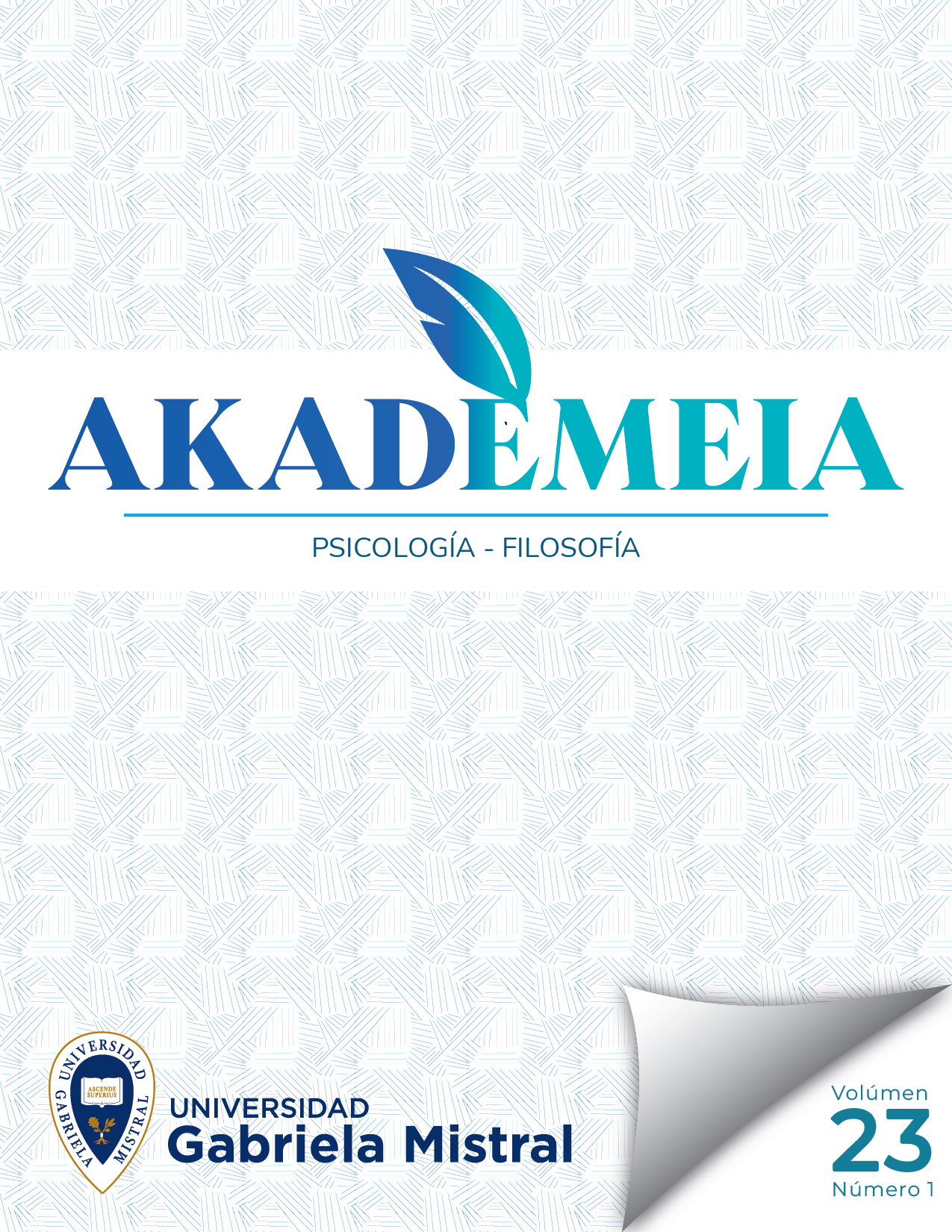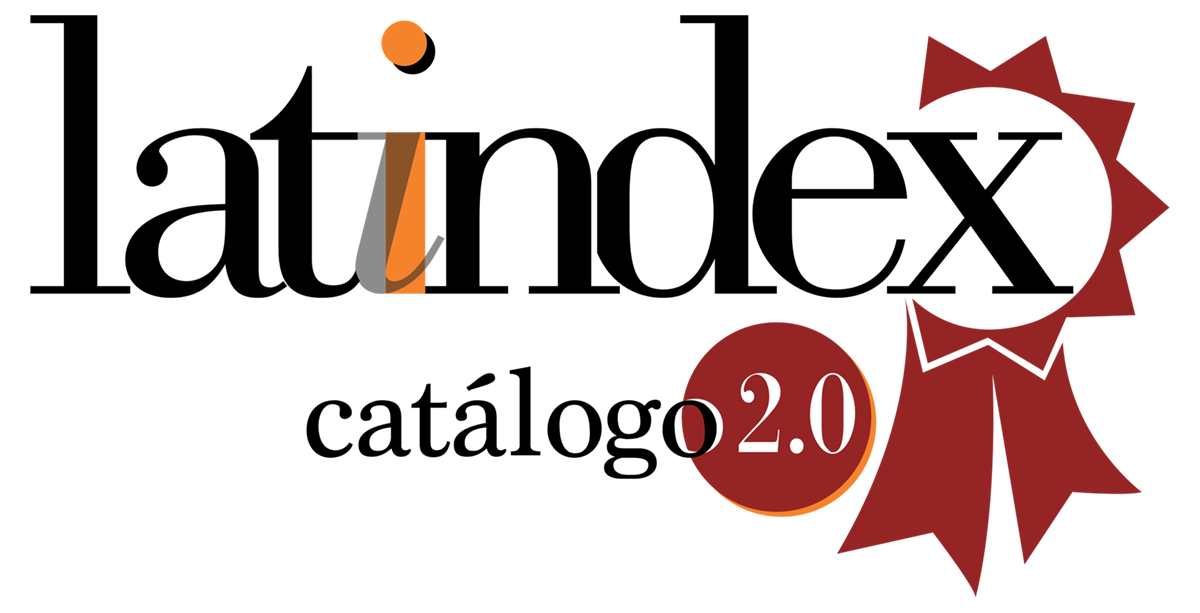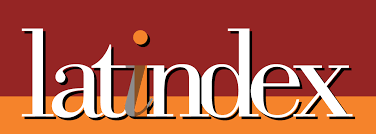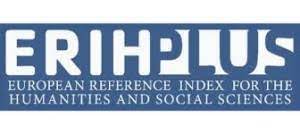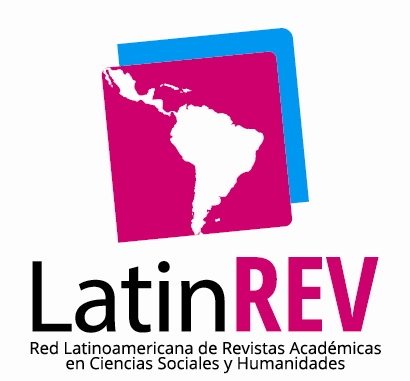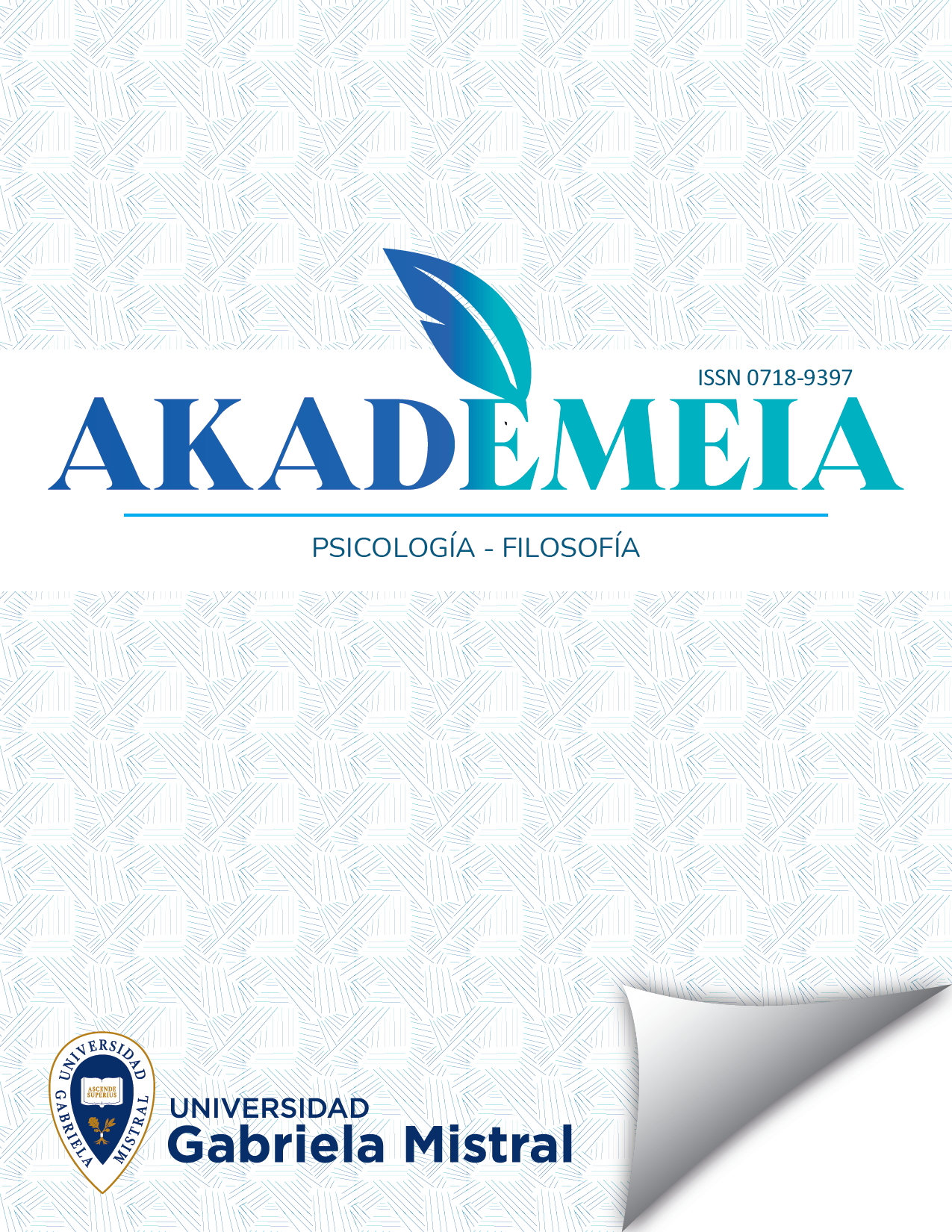Person, freedom and commitment. Three keys in educational action
DOI:
https://doi.org/10.61144/0718-9397.2024.598Abstract
Regarding the educational action, there is a temptation to see it, frequently, as a technical function. However, the educational action is first of all a service to people. This was warned by José Luis González-Simancas in Claves en la formación de profesores, highlighting those fundamentals that in his opinion are the keys both in the training of education professionals, and in the professional exercise that they carry out. In this article the author analyses, from the perspective of the anthropology of education, the theory of education underlying the approach of the Spanish academic, highlighting, on the one hand, the philosophical foundations that are present in this theory, and on the other hand (echoing the Aristotelian premise that in matters of concrete life it is not a good idea to take refuge only with theorizing), highlights the foundation that comes from practice and pedagogical evidence that the Spanish academic collects from his own professional experience stands out.
Based on the theoretical and practical reasoning of the Spanish academic, the author concludes that educational action must be effective in helping students to grow in the four dimensions that personal growth implies, namely growth in integrity, solidarity, in personality, and in the growth that refers to freedom. The author emphasizes that ultimately it is in the comprehensive achievement of growth where the effectiveness of educational action is resolved.
How to Cite
License
Copyright (c) 2024 Germán Gómez Veas

This work is licensed under a Creative Commons Attribution-NonCommercial-NoDerivatives 4.0 International License.
Los autores/as conservarán sus derechos de autor y garantizarán a la revista el derecho de primera publicación de su obra, el cual estará simultáneamente sujeto a la Licencia de reconocimiento de Creative Commons (CC BY-NC-ND) 4.0 que permite a terceros compartir la obra siempre que se indique su autor y se comparta el documento, en formato pdf y con la paginación del número original, a través del que este ha sido publicado por la revista. Siguiendo las definiciones establecidas por la licencia (ver: https://creativecommons.org/licenses/by-nc-nd/4.0/deed.es) los números de la revistas seguirán los siguientes términos:
-
Atribución — Usted debe dar crédito de manera adecuada, brindar un enlace a la licencia, e indicar si se han realizado cambios. Puede hacerlo en cualquier forma razonable, pero no de forma tal que sugiera que usted o su uso tienen el apoyo de la licenciante.
-
No Comercial — Usted no puede hacer uso del material con propósitos comerciales.
-
Sin Derivadas — Si remezcla, transforma o crea a partir del material, no podrá distribuir el material modificado.
- No hay restricciones adicionales — No puede aplicar términos legales ni medidas tecnológicas que restrinjan legalmente a otras a hacer cualquier uso permitido por la licencia.

